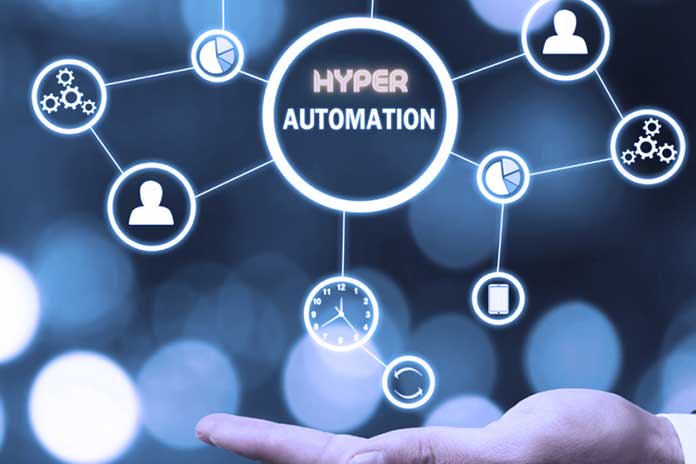Automation has become indispensable in almost all business-critical processes, such as minimizing costs, better planning resources, or increasing efficiency. Automation has also been used in cybersecurity for some time to protect against new and complex cyber-attacks. In the future, however, this will no longer be sufficient. With the increasing digitization of business processes, holistic security automation is essential to protect against cyber threats.
Looking at the traditional approach to identifying behavioural anomalies and threat indicators, you can see why automation should be an essential building block of any security strategy. Because to protect a system, the threat must first be recognized in the first place. In other words, the attack surface must be constantly monitored. In real-time – or as close as possible to this – data streams flow to a central system such as the External Data Representation (XDR), which normalizes and aggregates the data to search for signs of a threat.
These can be very diverse – a specific malware-Signature, a suspicious pattern of behaviour, or a series of events that are individually harmless but reveal a sophisticated attack when combined. For the XDR to know what is being searched for, it must know which characteristics indicate an attack. This requires an IT team that proactively analyzes this threat data and uses tools to detect threat patterns and uncover connections to identify new episodes and take countermeasures.
Such a procedure is hardly acceptable in many security teams because of the growing corporate networks and the simultaneous cost savings. Due to the size of the attack surface in companies, a manual search is a futile undertaking that is also slow and error-prone. Technologies such as Robotic Process Automation (RPA) have therefore been used for some time. Their use makes it possible to aggregate and extract data while performing basic threat search and detection. The focus at RPA is on standardized and repetitive processes that have a high volume of work so that employees can take care of more complex tasks.
Applying Hyper-Automation In CyberSecurity
The next step towards comprehensive protection is, therefore, the hyper-automation of the security processes. The combination of advanced technologies such as Artificial Intelligence (AI), Machine Learning (ML), Process Mining and Robotic Process Automation (RPA) offers completely new potential here. Automate, accelerate and improve security responses. The interaction of the technologies makes it possible to automate where automation was previously not possible: in previously undocumented processes that rely on unstructured data entry.
For cybersecurity, this means, among other things:
- Automation and machine learning enables faster and more efficient sequencing of large amounts of threat data collected in-house and from data from external sources. Improved environmental monitoring – in other words, vulnerability and device usage analysis – reduces the likelihood that anomalies are false positives. In combination with dynamic threat analysis, unknown threats can also be detected.
- Reactions – whether fully automated or still dependent on human participation – are implemented faster and more precisely. The best possible protection of the network can be achieved with the help of risk-based prioritization of patching updates. Through machine learning and predictive analytics, the IT department can see which vulnerabilities can be exploited and start countering the threat based on the priorities.
- Even if the network has already been compromised, automation can provide faster analysis, detection and response. To identify an infected host or suspicious behaviour, it is necessary to analyze data and look for a combination of behaviours that indicate that a host in the environment has been infected. Manual correlation of all data in the entire network, on endpoints and in the clouds would be far too slow.
Cybercriminals use automation to introduce new threats at ever shorter intervals. Therefore, leading security departments use automation themselves as part of their security strategy to efficiently ward off attacks.

